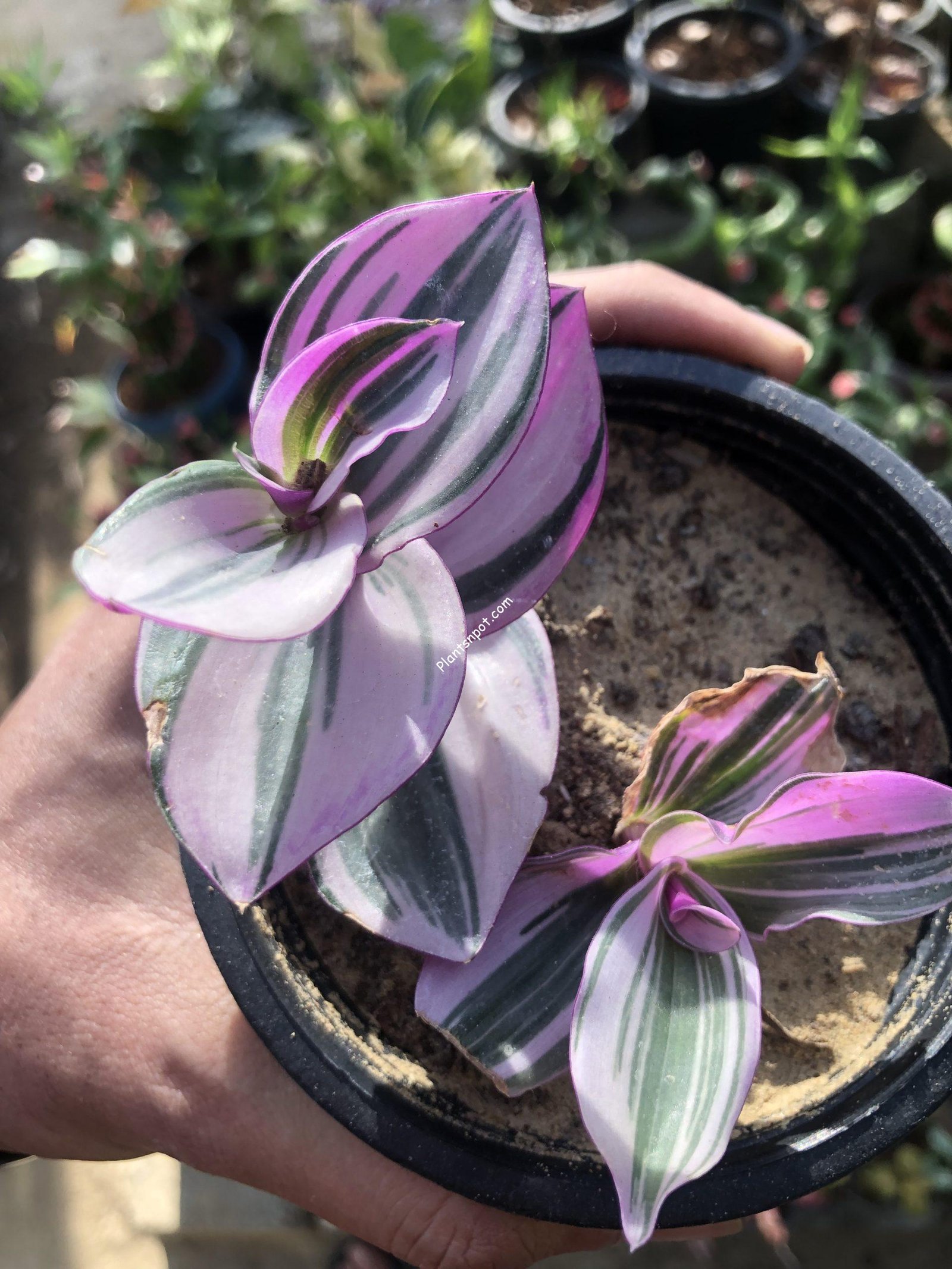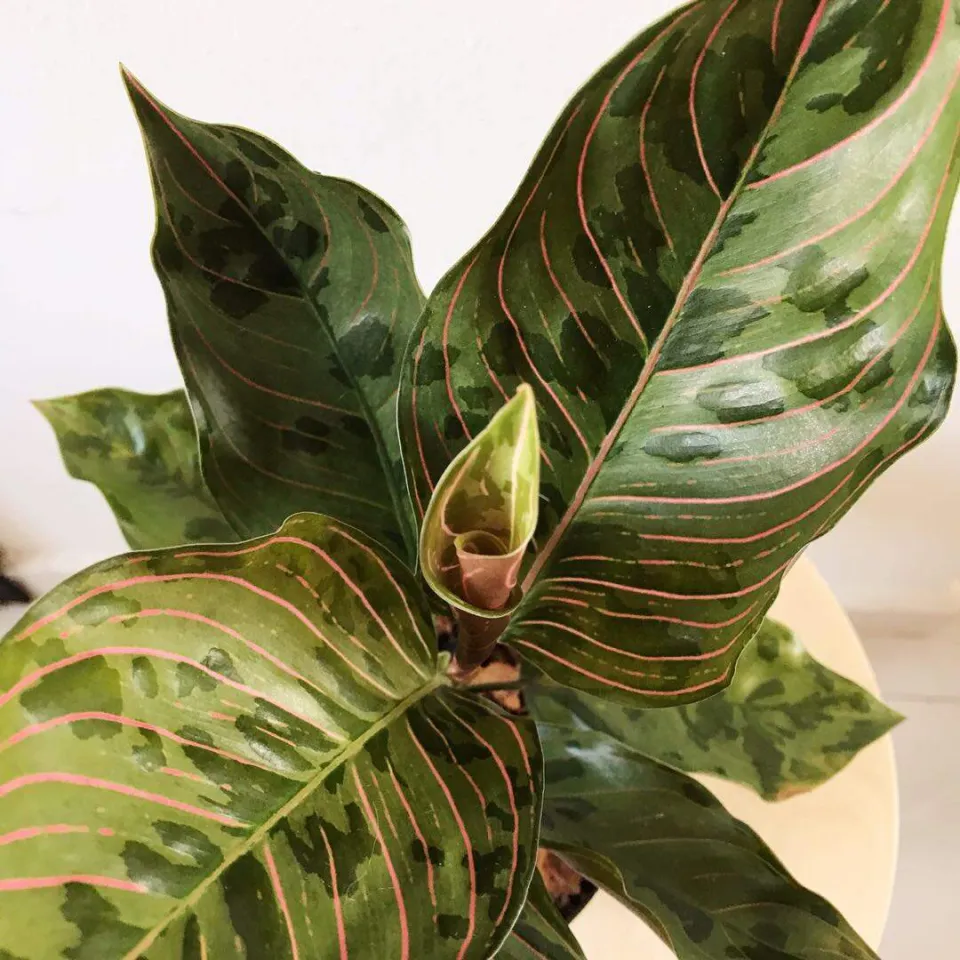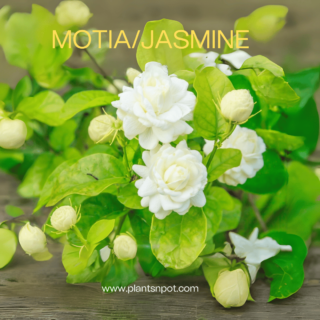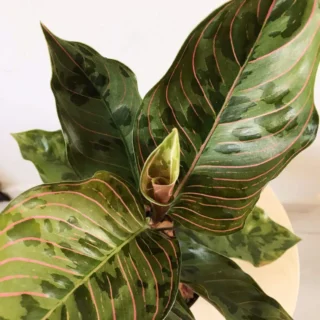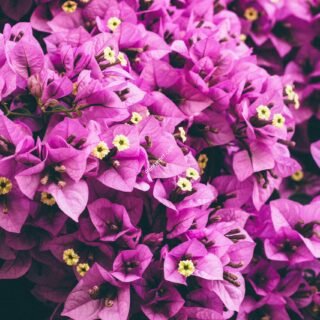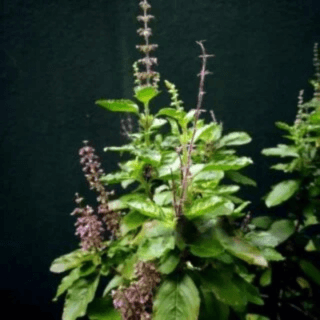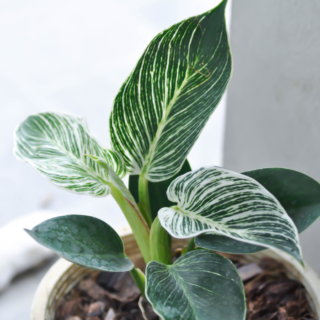All Price(s) mentioned are exclusive of delivery charges, Delivery charges will be confirmed upon order confirmation.
Shop
Royal Poinciana- Gul Mohor Flowering Tree
The Gulmohar tree, also known as the Flame Tree, indeed inspires a sense of admiration and affection among many people. Here’s why the Gulmohar tree often evokes feelings of love and appreciation:
- Aesthetic Beauty: The Gulmohar tree is renowned for its stunning beauty, particularly during its flowering season when it adorns itself with vibrant clusters of fiery red to orange flowers. Its spectacular floral display can captivate the hearts of onlookers and instill a sense of wonder and appreciation for nature’s creations.
- Symbolism: In many cultures, the Gulmohar tree holds symbolic significance, representing qualities such as vitality, passion, and resilience. Its vibrant colors and flamboyant appearance are often associated with themes of love, energy, and celebration, making it a beloved symbol in literature, art, and folklore.
- Joyful Presence: The Gulmohar tree’s cheerful and uplifting presence can evoke feelings of joy and happiness in those who encounter it. Its graceful form, lush foliage, and dazzling flowers have the power to brighten up landscapes and uplift spirits, fostering a sense of love and appreciation for the natural world.
- Memories and Nostalgia: For many people, the Gulmohar tree holds fond memories of childhood, family gatherings, or romantic moments spent under its shade. Its majestic presence in parks, gardens, and streetscapes often becomes intertwined with personal experiences and cherished memories, deepening the affection felt towards this iconic tree.
- Environmental Benefits: Beyond its aesthetic appeal, the Gulmohar tree offers numerous environmental benefits, such as providing shade, shelter, and habitat for birds and other wildlife. Its presence in urban areas can help mitigate the effects of pollution, reduce heat island effects, and improve overall air quality, fostering a sense of gratitude and love for its ecological contributions.
In summary, the Gulmohar tree’s enchanting beauty, symbolic significance, joyful presence, nostalgic associations, and environmental contributions all contribute to the love and admiration it inspires in people around the world. Whether admired for its aesthetic appeal, cultural significance, or ecological value, the Gulmohar tree holds a special place in the hearts of many.
The Royal Poinciana tree (Delonix Regia), also known as Flamboyant or Flame tree, is a stunning flowering tree native to Madagascar but is widely cultivated in tropical and subtropical regions worldwide for its vibrant display of red-orange flowers. Growing and caring for Royal Poinciana trees in Pakistan can be a rewarding experience, provided the appropriate conditions are met. Here’s a guide on how to care for and grow Royal Poinciana trees in Pakistan:
- Climate: Royal Poinciana trees thrive in hot, tropical climates. They prefer regions with a distinct dry season followed by a rainy season. In Pakistan, especially in southern regions like Sindh Karachi, Hyderabad and coastal areas of Balochis tan, the climate may be suitable for growing Royal Poinciana trees.
- Soil: These trees prefer well-drained soils with a slightly acidic to neutral pH. Sandy or loamy soils are ideal. Ensure good drainage to prevent waterlogging, as Royal Poinciana trees are susceptible to root rot in waterlogged conditions.
- Sunlight: Royal Poinciana trees require full sunlight to bloom prolifically. Choose a planting location where the tree will receive at least 6-8 hours of direct sunlight daily.
- Watering: While Royal Poinciana trees are drought-tolerant once established, they benefit from regular watering, especially during the dry season and periods of prolonged drought. Water deeply but infrequently to encourage deep root growth. Avoid overwatering, as it can lead to root rot.
- Temperature: Royal Poinciana trees are sensitive to frost and prefer warm temperatures. In Pakistan, regions with mild winters or where frost is rare are more suitable for growing these trees.
- Pruning: Prune Royal Poinciana trees during the dormant season to remove dead, damaged, or crossing branches. Pruning can also help shape the tree and improve air circulation within the canopy.
- Fertilization: These trees are moderate feeders and benefit from occasional fertilization during the growing season. Use a balanced fertilizer formulated for flowering trees, following the manufacturer’s instructions.
- Propagation: Royal Poinciana trees can be propagated from seeds or cuttings. Seeds should be scarified or soaked in water before planting to improve germination rates. Cuttings should be taken from semi-hardwood or hardwood stems and rooted in a well-draining rooting medium.
- Protection: Provide protection from strong winds, which can damage the tree’s branches and flowers. Mulching around the base of the tree can help conserve soil moisture and suppress weed growth.
- Pest and Disease Control: Monitor the tree regularly for pests such as aphids, scale insects, and caterpillars. Treat infestations promptly with insecticidal soap or horticultural oil. Royal Poinciana trees are generally resistant to diseases but may occasionally suffer from fungal infections in humid conditions.
With proper care and attention to the specific needs of Royal Poinciana trees, they can thrive and add a spectacular burst of color to gardens and landscapes in Pakistan.





